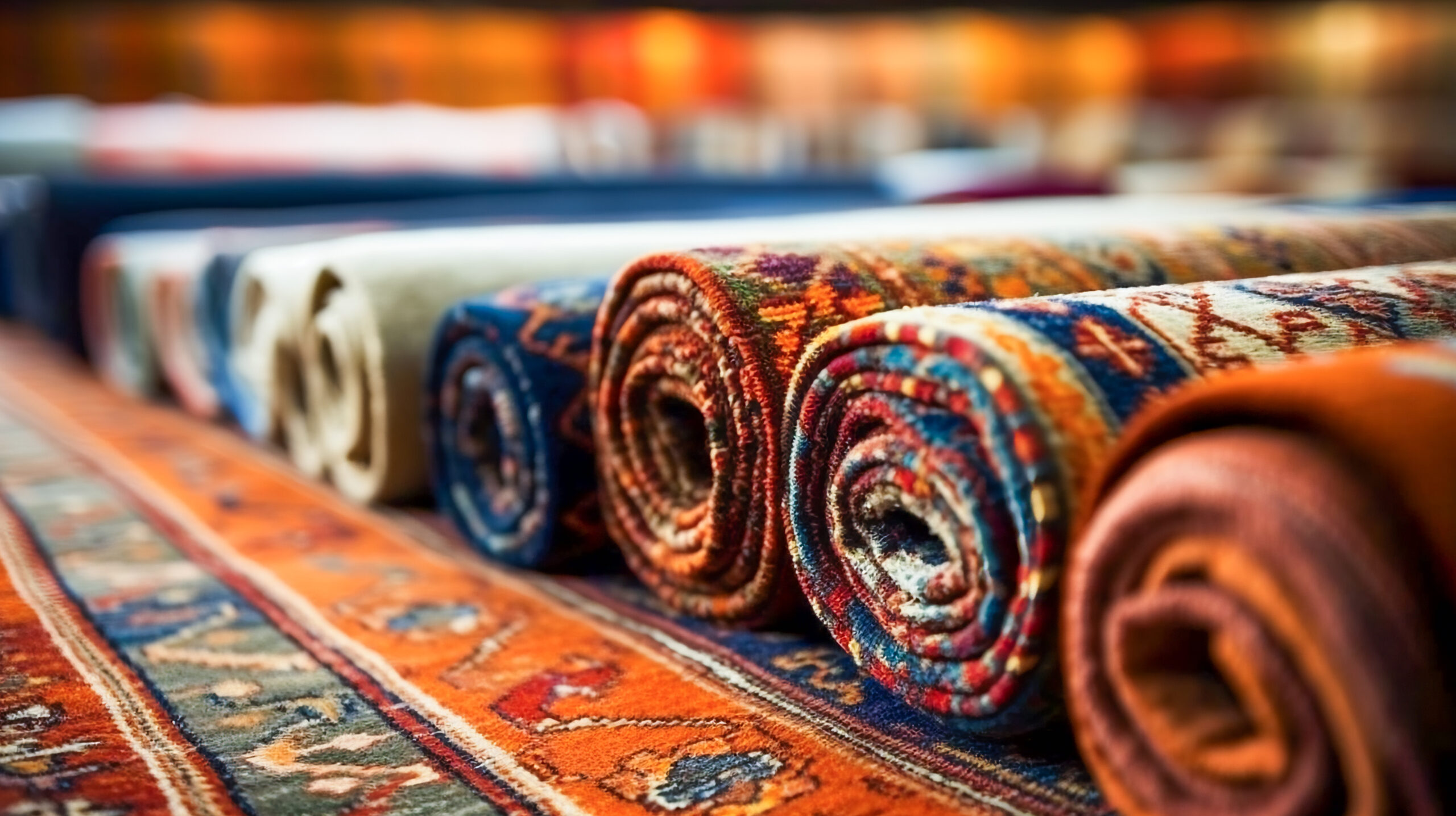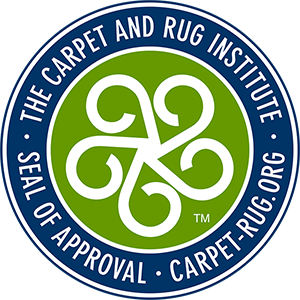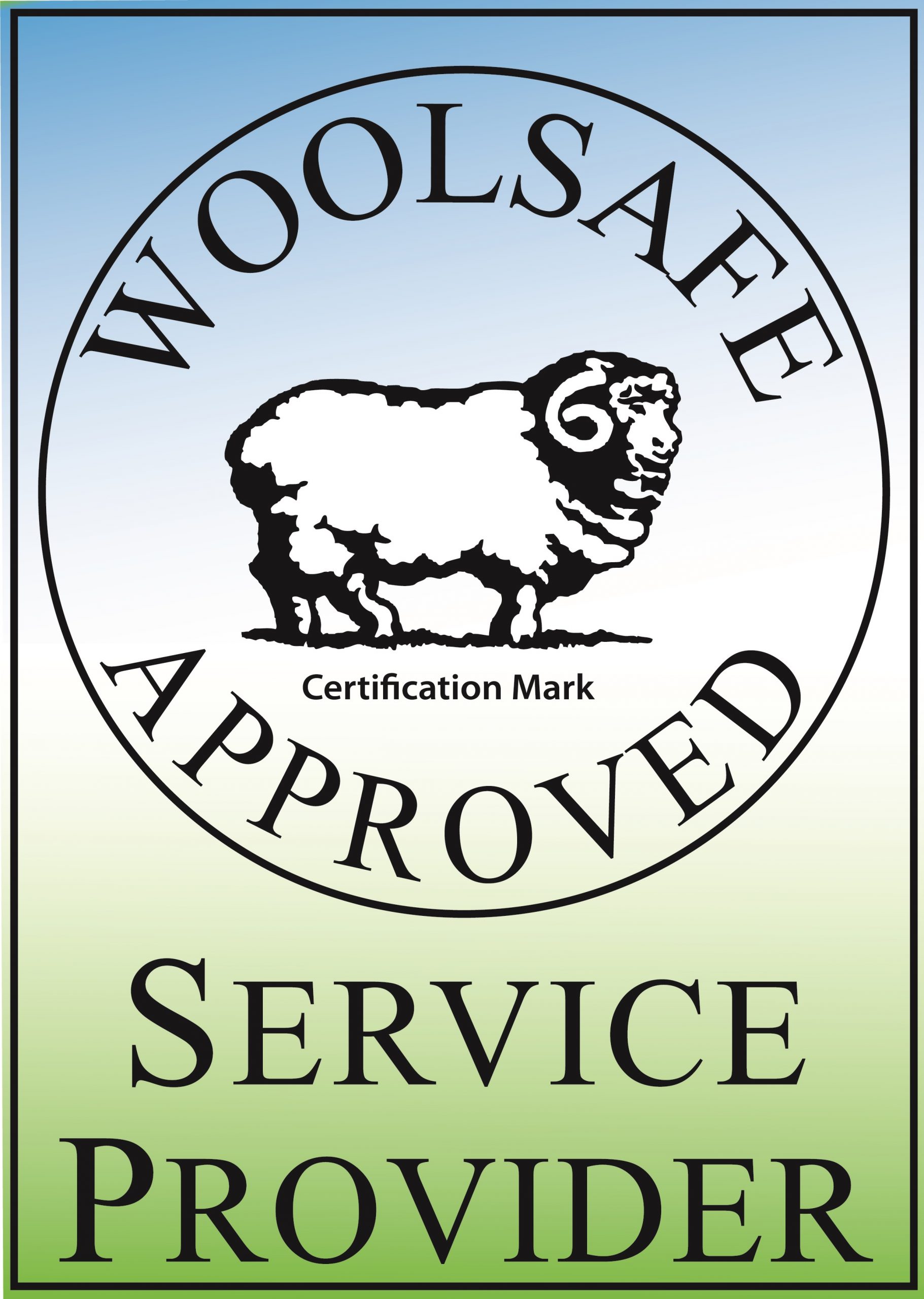
How Oriental Rug Design Is Interpreted and Appraised
Understanding Oriental and Persian Rug Design, Symbolism, and How They Are Appraised
The soul of an Oriental or Persian rug is in the heart of the weaver who skillfully and with love for his craft hand-wove it over many months or even years. These handmade pieces of art have a story to tell, and those stories have been passed down for generations, with the weavers sharing designs and customs from one generation to the next, doubtless the same used in the time of Abraham.
In this blog post, the Rug Master at Oriental Rug Salon will walk us through what he looks for when appraising an Oriental or Persian area rug and help us understand why handwoven area rugs are truly a piece of art.
In the “olden days,” and to some extent even today, each district, tribe, or family weaves characteristic patterns and color combinations into their rugs, regarded as their inheritance and never copied by other districts, tribes, or families. Because of these individual characteristics, an experienced valuator can tell the locality from which many rugs come, their history, and their age.
When appraising an area rug, the appraiser must have a deep understanding of the historical, customs, and weaving nuances of tribal, district, or even family traditions to accurately identify not only the value of an area rug but the location upon which the rug was woven, determine the authenticity of the textile, and provide historical information, often following the rug’s designs, and meanings of embellishments for centuries.
Most weavers are comfortable including geometrical figures, floral designs, and the figures of animals and beings as each embellishment carries a mythical, poetical idea or religious sentiment, the study of which, though challenging, is fascinating to one who can interpret them.
The Turks, on the other hand, being orthodox Mohammedans, never weave figures of animals, birds, or human beings into their rugs, as the teachings of the Koran forbid it lest it should lead to idolatry. Neither do they, as a rule, make their rugs symmetrical, their idea being to symbolize the fact that only Allah is perfect. The Persians and Chinese, however, being more liberal, exercise greater freedom in these respects, and in some of their hunting rugs, of which but a few remain, are depicted animals of all kinds.
Hand weaving an area rug daily, for months or even years, on a single piece seems strange that the craftsman seldom signed or dated it. You will rarely see the name of the weaver, the place of manufacture, or the date on an antique rug woven upon it. Many “modern” commercial pieces are provided with an inscription or date woven into the rug to make them more attractive to the buyer. Inscriptions are frequently found on the borders. As a rule, many are prayer verses or quotations from the Koran or poems from the writings of some famous Persian poet and, with few exceptions, are in Arabic.
The ”value” of an Oriental, Persian, or other hand-woven area rug cannot be gauged by measurement any more than can that of a fine painting. “Value” depends upon the number of knots to the square inch, the fineness of the material, the richness and stability of its colors, the amount of detail in design, its durability, and last but not least, its age, historical weight, rarity, and condition. Every rug has three values to consider. First, the art value depends upon its colors and design; second, the collector’s value depends upon its rarity; and third, the utility value depends upon its durability.
Oriental and Persian Area Rug Appraisals
Oriental rugs are a popular and enduring home and office decor choice and can also be a significant financial investment. Whether you’re looking to buy or sell a rug, it’s essential to understand its value.
What is Oriental Rug Appraisal?
Oriental rug appraisal determines a rug’s value based on several factors, including age, quality, history, etc. Appraisals are typically conducted by professional rug appraisers who have specialized knowledge and expertise in this field. There are several reasons why you might want to get an appraisal for your rug:
- To determine the value of your rug for insurance purposes. If you have a valuable rug, it’s essential to ensure it’s adequately insured in case of damage or loss. An appraisal can help you determine the value of your rug so you can adequately insure it. If you do not have an assessment and attempt to file an insurance claim, the insurance company will determine the value, which may be nowhere near its true worth.
- To sell your rug. If you want to sell your rug, an appraisal can help determine its value and set a fair price. Additionally, an appraisal can put the buyer at ease as an independent party has attested to its value.
- To buy a rug. If you’re considering buying a rug, an appraisal can help determine its value and ensure you’re paying a fair price. Annually, Oriental Rug Salon performs dozens of appraisals for interior designers and rug buyers BEFORE they overpay for a potential purchase. Often, armed with an appraisal, the purchaser can negotiate with a retailer or private party on a price without overpaying.
- To settle an estate. If you’re settling an estate, an appraisal can help you determine the value of a rug and divide the assets fairly.
- For charitable donations and tax write-offs
A written appraisal includes the rug’s exact measurements, country of origin, age, foundation material, pile material, uniqueness of design, condition, colors, and other historical data. Should something happen to your rug, such as flood, fire, or damage by a contractor, a written appraisal will help ensure you’re covered in the event of damage or destruction.
Online Oriental and Persian Area Rug Appraisals
Oriental Rug Salon is a full-service Oriental and Persian area rug cleaning, restoration, and appraisal company serving clients throughout the United States. Annually, we clean, restore, and appraise thousands of area rugs. We are the “go-to” experts for many rug collectors, interior designers, insurance and restoration companies, rug owners, and many court systems for the appraisal of Oriental and Persian area rugs. We provide online appraisals that include written certification, and the average turn-around time for an appraisal is 48 hours.
For more information about Oriental Rug Salon and our services, please visit us at https://orientalrugsalon.com/ or call us at 239-424-8171. For an online appraisal, you can visit us at https://orientalrugsalon.com/services/rug-valuations/ You can also visit us on our Facebook Page https://www.facebook.com/OrientalRugSalon/



